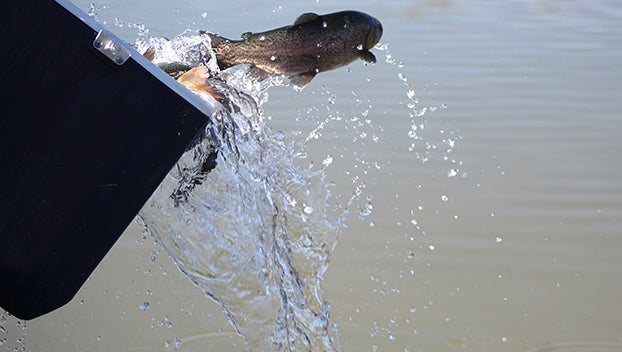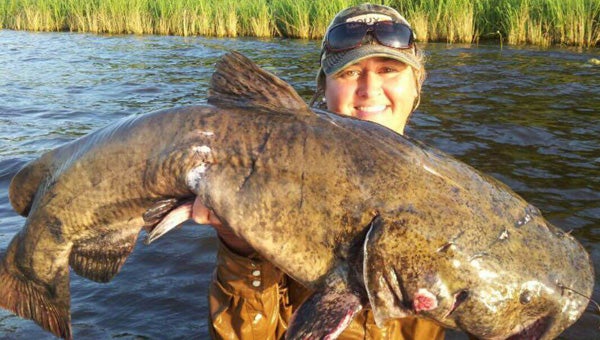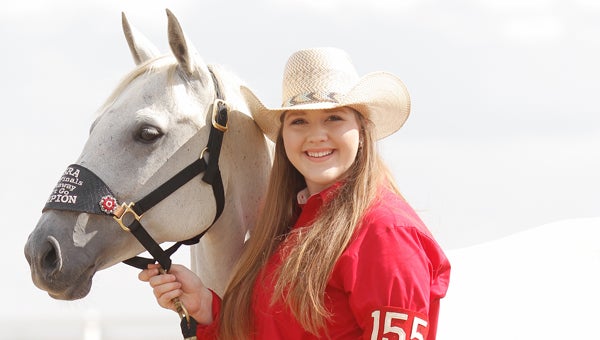Cold fronts slowing down fishing
Published 12:01 am Sunday, January 11, 2015
Needless to say the recent cold fronts have slowed the fishing down.
Cold air temperatures along with a lot of cold rain dropped the lake water temperatures below 50 degrees and raised the water level.
In the South Lake water below 50 degrees is considered very cold.
Exactly a year ago to date, the water temps average about 56 to 57 degrees.
I have fishing columns dating back about 29 years.
The past eight years are on this computer.
It is very interesting to go back and read what was going on then as compared to now.
The local lakes water did not drop below 50 degrees last year until early February and that was short lived.
In early January of 2014 we were catching more fish shallow than deep. I am not on the water this weekend but it is a safe guess to say the opposite pattern is going on now.
There should be more fish in deep water than shallow water.
One year I was curious to see what water temperatures were in the 20 to 35 feet deep range. If I remember correctly the surface water temp was around 55 degrees.
The temp sensors on our boats are normally mounted to the transom which gives us a reading about two feet from the surface.
I tied a weight on a thermometer and lowered it to the bottom thinking the deep water cannot be warmer than the shallow water. It was not.
Bass and perch are not going deep to find warmer water.
Fish are cold blooded. It was the bait fish that were going deep. Game fish are going to follow bait fish simply because they have to eat.
To me that ruled out all thoughts that there was a drastic water temperature change at different depths in the winter that pushed the fish to deeper water.
So I keep thinking. If it’s not a temperature change what makes game fish, shad and other bait fish go deep in cold water…Food. It has to be food. I think some more. What do shad eat? I think the answer is zooplankton.
I do a quick search. “As is the case with most North American fish species, shad fish feed largely on plankton. Plankton are organisms — plants, animals and even bacteria — that drift through oceans, rivers, lakes, and swamps. Plankton vary in size, ranging from the microscopic protozoa to large jellyfish. Shad primarily feed on zooplankton.” So I was correct on that assumption.
That was an easy guess because sonar will tell you where the fish and shad are during the seasons of the year. Right now the bait fish are schooled up tight in deep water.
Now you have to find some type of structure and a break in deep water because bass and perch normally will not hold in open water around nothing.
Many use the word structure when describing cover. Structure is not a brush pile.
Structure is the contours of the lake bottom that some call drop-offs, ridges and flats.
The brush pile on the structure is called a break-line.
The brush pile is a break in the structure.
Somewhere along the way the true meaning of the term structure was redefined.
Eddie Roberts writes a weekly fishing column for The Democrat. He can be reached at fishingwitheddie@bellsouth.net.





